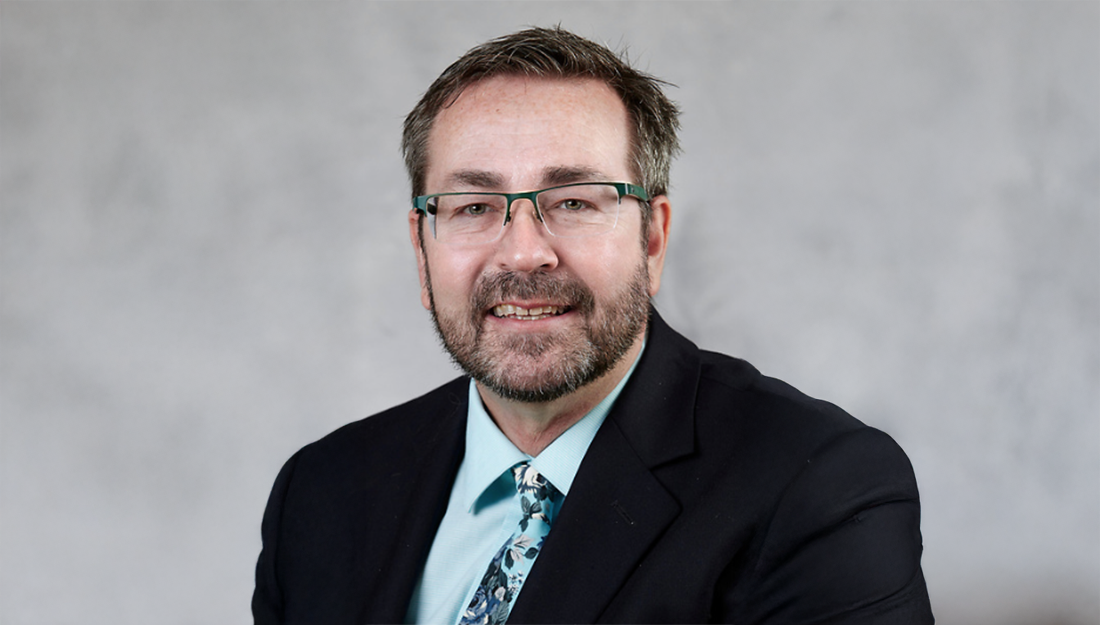COM launches interprofessional course
The Texas A&M Health Science Center (TAMHSC) has academic campuses across the state, and a new interprofessional course in ethics is bridging the distances to benefit both students and the communities they serve.
The TAMHSC-College of Medicine Interprofessional Heath Care Ethics course in College Station began in late August, with Nancy W. Dickey, M.D., TAMHSC president and vice chancellor for health affairs for The Texas A&M University System, delivering the inaugural lecture.
The 10-week course, administered by the TAMHSC-College of Medicine Department of Humanities in Medicine, united medical students with TAMHSC-College of Nursing students in Bryan and chaplain students from the Scott & White Healthcare Temple campus via teleconference to promote communication and collaboration in health care settings. TAMHSC-Irma Lerma Rangel College of Pharmacy professors contributed to the development of the course; as a result, pharmacy students viewed the lecture via teleconference from Kingsville and will audit the course this year.
“Training in isolation or silos is no longer adequate,” said Joan Engelhardt, TAMHSC director of interprofessional education, in welcoming the students and explaining the purpose of the course, which is required for first-year medical students and fourth-year nursing students.
Health care professionals such as doctors and nurses must work together effectively to take care of patients effectively. One method to improve effectiveness is interprofessional education, whereby two or more professions learn with, from and about each other to improve collaboration and the quality of care.
In her opening lecture “Why Have Interprofessional Ethics Education?”, Dr. Dickey enumerated the advantages of uniting groups of care providers, forming teams and enhancing patient care.
“It is important to assure that Texas A&M Health Science Center health profession graduates possess the knowledge and skills necessary to work collaboratively with other health professionals to provide safe, high quality, patient-centered care,” Dr. Dickey said. “Such collaboration combats rivalries. It’s also the best way to get to know one another and make the most effective team.”
Dr. Dickey elaborated on the many benefits of interprofessional collaboration: increasing safety, mitigating work force shortages, promoting cost efficiency and improving the quality of care.
“We’ve got to work smarter,” Dr. Dickey said. “By working as a team, we can develop a mutual respect for each care provider’s profession.”
Dr. Dickey also spoke of the importance of communication and understanding one’s team members. She encouraged the students to challenge standard philosophies and amend their expectations to maximize their training, remain engaged in their profession and ultimately, provide the best patient care.
“As physicians, nurses, pharmacists and caretakers, we are able to do what we do only by working with each other,” said Charles Sanders, M.D., humanities in medicine chair.
Media contact: media@tamu.edu


